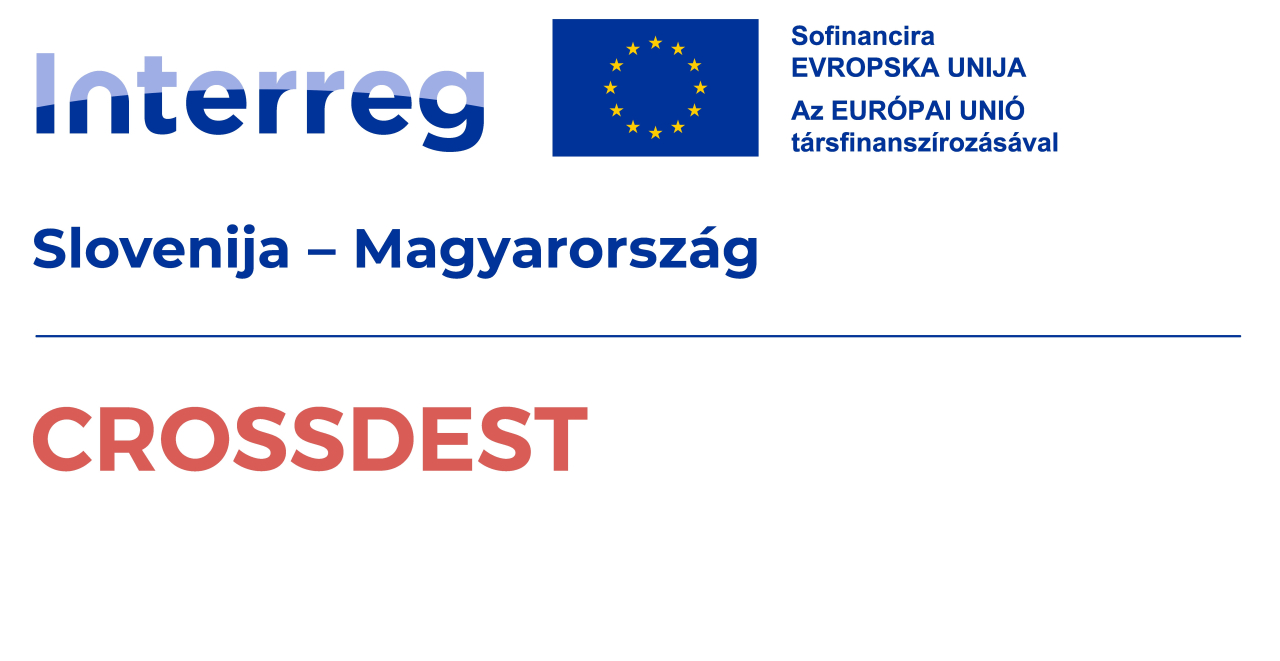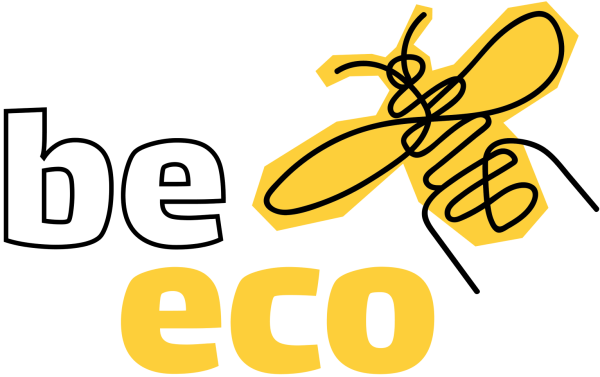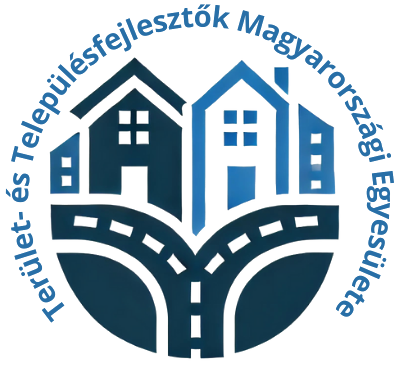-

Photo: CNIPT Toplița -

Photo: Hamos Gyozo -

Photo: CNIPT Toplița
































































































Maroshévíz
The town of Toplița is situated in a geographically favourable position, both in terms of accessibility and connections to neighbouring areas or the more distant parts of the country. It is located in Harghita County, in the northern part of the Giurgeu Depression, along the upper course of the Mureș River, at the point where the river enters the Toplița-Deda gorge. Coordinates: 46° 55' 25" N 25° 20' 45" E Access routes: By road: DN 15: from Bacău (179 km), Piatra Neamț (119 km), Borsec (24 km), Reghin (70 km), Tg. Mureș (100 km) E 578/ DN12: from Brașov (190 km), Sf. Gheorghe (160 km), Miercurea Ciuc (92 km) By rail: Brașov-Sf. Gheorghe-Tușnad-Miercurea Ciuc-Gheorgheni-Toplița-Deda-Dej-Jibou-Baia Mare-Satu Mare Toplița is nestled at the foot of the Călimani, Giurgeu, and Gurghiu Mountains, at an altitude of 650-680 metres, and is 98 km away from the county seat, Miercurea-Ciuc. According to the coordinates of the historian Ptolemy, a Dacian fortress named Sangidava might have existed in the area, though it has not been discovered. In the 13th century, the first Székely families began to settle in the region. The first documented mention of the locality dates back to 1567. It was declared a town in 1956 and became a municipality in 2002. Over the years, the town underwent several name changes: Taplócza, Toplicza, Gyergyó-Toplicza, from 3 February 1861 Oláh-Toplicza, and from 1 January 1907 Maroshévíz, until 1918, when it was named Toplița Română. In both Hungarian and Romanian, the name means "hot water spring," a term of Slavic origin. The oldest cartographic documentary evidence of Toplița dates back to 1382. References to the town's mesothermal springs, known as "Bánffy Baths" and "Urmánczy Strand," date back to 1658, describing them as "renowned." It is no coincidence that notable figures of the time came here for spa treatments, including Gheorghe Rakoczi, Prince of Transylvania, who sent a letter to Mihai Şiklodi of Făgăraș Fortress from "Thermis Gyorgyoiensis" (the hot baths of Toplița Gheorghieni). Tourism forms a solid and reliable foundation for the town's development, supported by its untapped tourist potential, including its natural surroundings, mineral and thermal springs, and historical and cultural monuments that have endured over the years. Picturesque attractions in the surrounding area can be explored through hikes and mountain excursions in the Călimani Mountains, to natural reserves such as "Lake Iezer Călimani" and "Călimani National Park," and in the Gurghiu Mountains to sites like the Toplița Thermal Waterfall (located in the town), Coloape Rocks, and the Mureș River Gorge between Toplița and Deda. Toplița offers tourists a variety of classified accommodation options, ranging from 1-star to 4-star establishments, including hotels, guesthouses, tourist cabins, rental rooms, camping huts, glamping sites, and villas. Dining establishments are classified as 2-star and 3-star. There are also local gastronomic points, a donkey farm, vegetable and herb greenhouses, sea buckthorn and berry plantations. Skilled chefs delight tourists' taste buds with traditional, delicious, and refined dishes served in a pleasant and relaxing atmosphere. Recreational and leisure services offered to tourists are diverse, depending on the season. These include two Olympic-sized mesothermal water pools (Bánffy Strand and Urmánczy Strand), a wellness centre (Bánffy Wellness Centre, featuring an outdoor mesothermal pool, an indoor pool, jacuzzi, wet sauna, dry sauna, salt room, fitness room, and massage services), three ski slopes (one medium difficulty and two easy difficulty, with a total length of 2.5 km, equipped with night lighting and snow cannons), an equestrian centre (offering riding lessons, horseback rides, sleigh rides, and horseback trekking), tubing, a year-round bobsleigh track, tennis courts, tourist trails for cycling, mountain biking, climbing, ski touring, playgrounds for children, a mini-farm, fishing in mountain rivers or specially prepared leisure fishing lakes, and camps and training sessions for sports, astronomy, and orienteering. The town also boasts the "Călimani" 3D Cinema, a modern and high-performance cinema, the only one in the area. Nature observation tours with local guides are available, including capercaillie mating displays, deer rutting, and photo-video tours. Occasionally, paragliding flights are organised from the Tarnița area. In winter, in addition to the ski slopes, tourists can enjoy natural ice rinks, husky-drawn sleigh rides, and seasonal sports competitions (alpine skiing and ski touring contests). From a sustainable tourism perspective, Maroshévíz increasingly focuses on the responsible use of local natural resources and the development of eco-friendly tourism infrastructure. Several baths and accommodation facilities employ energy-efficient solutions, and there are growing initiatives promoting hospitality based on short supply chains and local products. Maroshévíz aims to become a future-oriented, experience-based, eco-friendly destination where visitors not only relax and recharge but also contribute to the preservation of the local community and ecosystem.
Arrival
- Walk
- Bike
- Electric bicycle
- Car
- Bus (rented for the trip)
- Motorcycle
Sights, programs
What will you find here?
-
Public area
-
Sights
Public transport
- railway
- bus
Parking information
- Free outdoor parking available
- Electric car charging available (free)
- Electric car charging available (paid)
- Free bus parking available
- Guarded open parking
Sustainability level
Topic 1: Destination Management 60%
- Visitor management: 70%
- Commitment and organization: 62%
- Design & development: 17%
- Monitoring and reporting: 50%
- Legal and ethical compliance: 100%
Topic 2: Nature and landscape 90%
- Nature and wildlife protection: 100%
- Nature and conservation: 80%
Topic 3: Environment and climate 66%
- Land use and pollution: 100%
- Water management: 80%
- Energy, sustainable mobility and climate change: 0%
- Adaptation to climate change: 50%
- Waste and recycling: 100%
Topic 4: Culture and traditions 12%
- Cultural heritage: 0%
- People and traditions: 25%
Topic 5: Social Welfare 51%
- Health and safety: 50%
- Local economy: 20%
- Socio-economic impacts: 50%
- Community participation: 50%
- Human dignity: 86%
Topic 6: Business and Communication 78%
- Business participation: 56%
- Information and marketing: 100%




